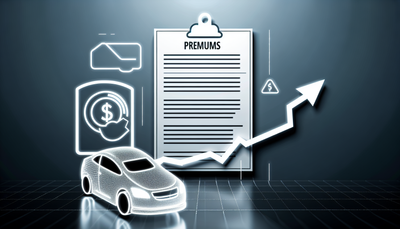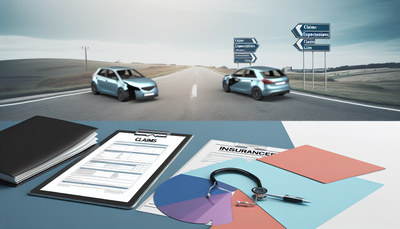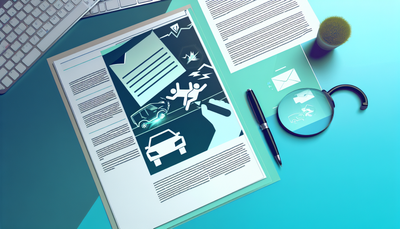What to Do After a Car Accident: A Step-by-Step Claims Guide

What to Do After a Car Accident: A Step-by-Step Claims Guide
Getting into a car accident—whether it’s a minor fender bender or a more serious collision—can be overwhelming and disorienting. Knowing what to do in those crucial moments afterward can make all the difference for your safety and your car insurance claim. This accident guide walks you through the essential steps to take, from the scene of the accident to settling your claim.
Step 1: Prioritize Safety
The first and most important step is to ensure everyone’s safety:
- Check yourself and passengers for injuries.
- If it's safe and the vehicles are drivable, move them to the side of the road.
- Turn on hazard lights and set up warning triangles if available.
- Call 911 if there are any injuries or significant vehicle damage.
Step 2: Document the Scene
Accurate documentation is key to a smooth claims process:
- Take photos or videos of the accident scene, vehicle damage, road conditions, and license plates.
- Exchange information with the other driver(s): name, contact number, license plate, driver’s license, and insurance details.
- Get contact information from any witnesses.
Step 3: File a Police Report (If Required)
In many states, it's legally required to report accidents involving injury or significant damage. Even if it’s not mandatory, a police report can support your car insurance claim by providing an official record.
Step 4: Notify Your Insurance Company
As soon as you’re safe and able to, contact your auto insurance provider:
- Provide the details of the accident.
- Share photographs and the police report if applicable.
- Follow their specific instructions for filing a claim.
Most insurers have mobile apps that allow you to start the claims process right from your phone.
Step 5: Understand Your Coverage
Be familiar with your car insurance policy so you know what’s covered:
- Liability coverage pays for damages to others.
- Collision coverage covers damage to your own vehicle.
- Comprehensive coverage applies to non-collision incidents like theft or natural disasters.
Ask your insurer about deductibles and whether rental car reimbursement is included while your car is being repaired.
Step 6: Get a Damage Assessment
Your insurer may require you to:
- Visit an approved repair shop for an estimate.
- Wait for an adjuster to inspect the damage.
Ensure you keep any receipts or invoices related to repairs, towing, or temporary transportation.
Step 7: Stay in Touch
Communication is key throughout the claims process:
- Keep a log of all interactions with your insurer.
- Promptly respond to any requests for additional information.
- Don’t hesitate to ask for updates on your claim status.
Conclusion
Dealing with the aftermath of a car accident is never pleasant, but having a clear understanding of what steps to take can reduce stress and ensure you get the support and compensation you need. From prioritizing safety at the scene to navigating your car insurance claim, this guide is designed to help you stay informed and in control. Remember—being prepared is the best way to protect yourself and your peace of mind.
Stay safe, drive cautiously, and keep this accident guide handy just in case.








